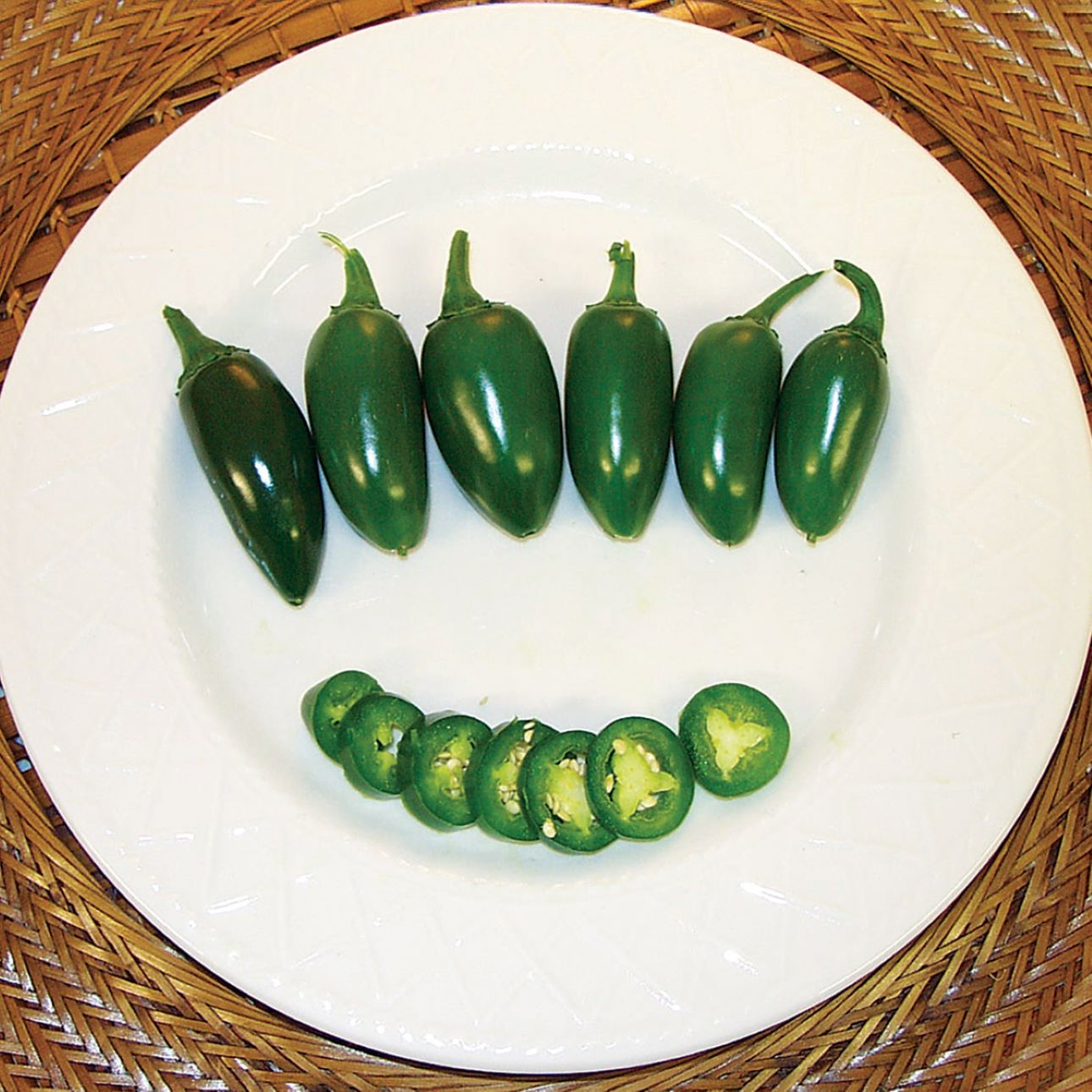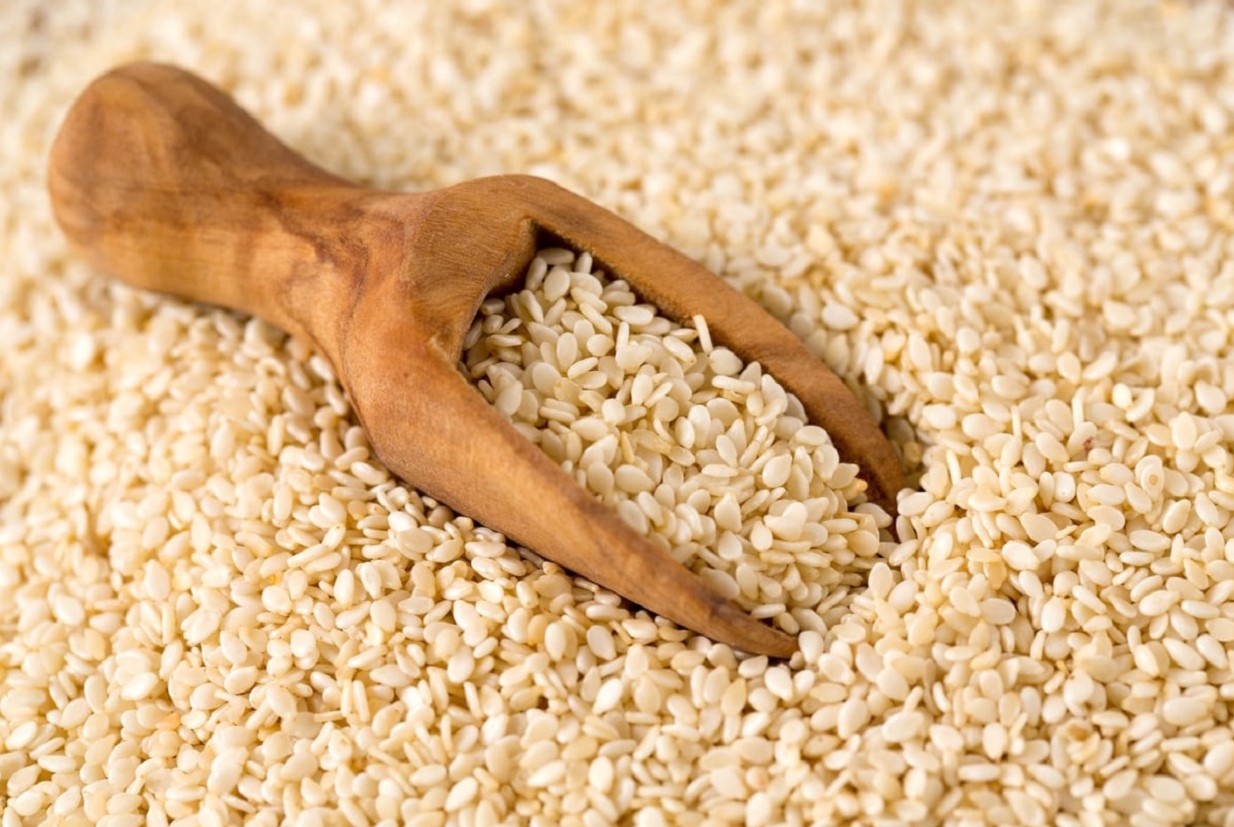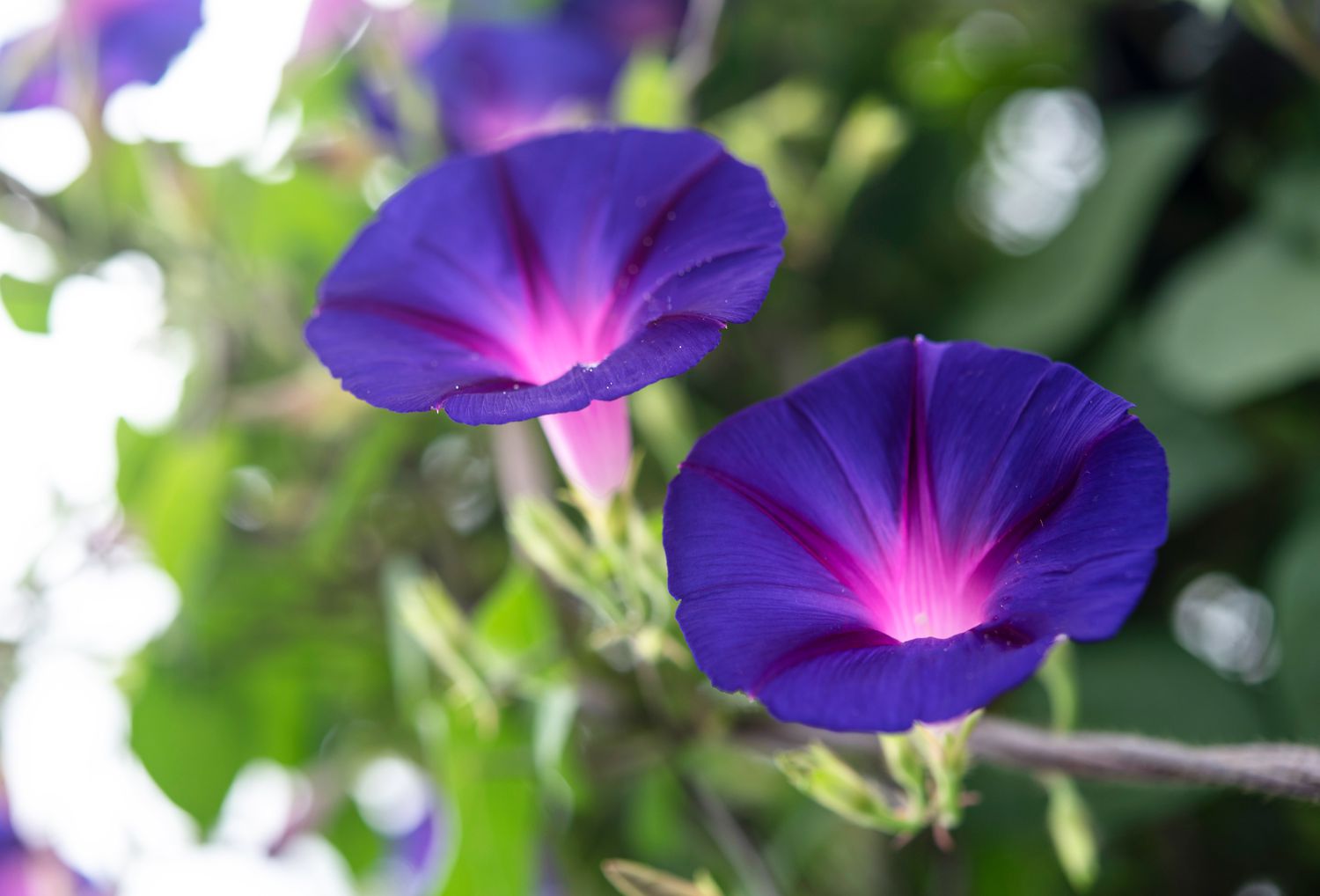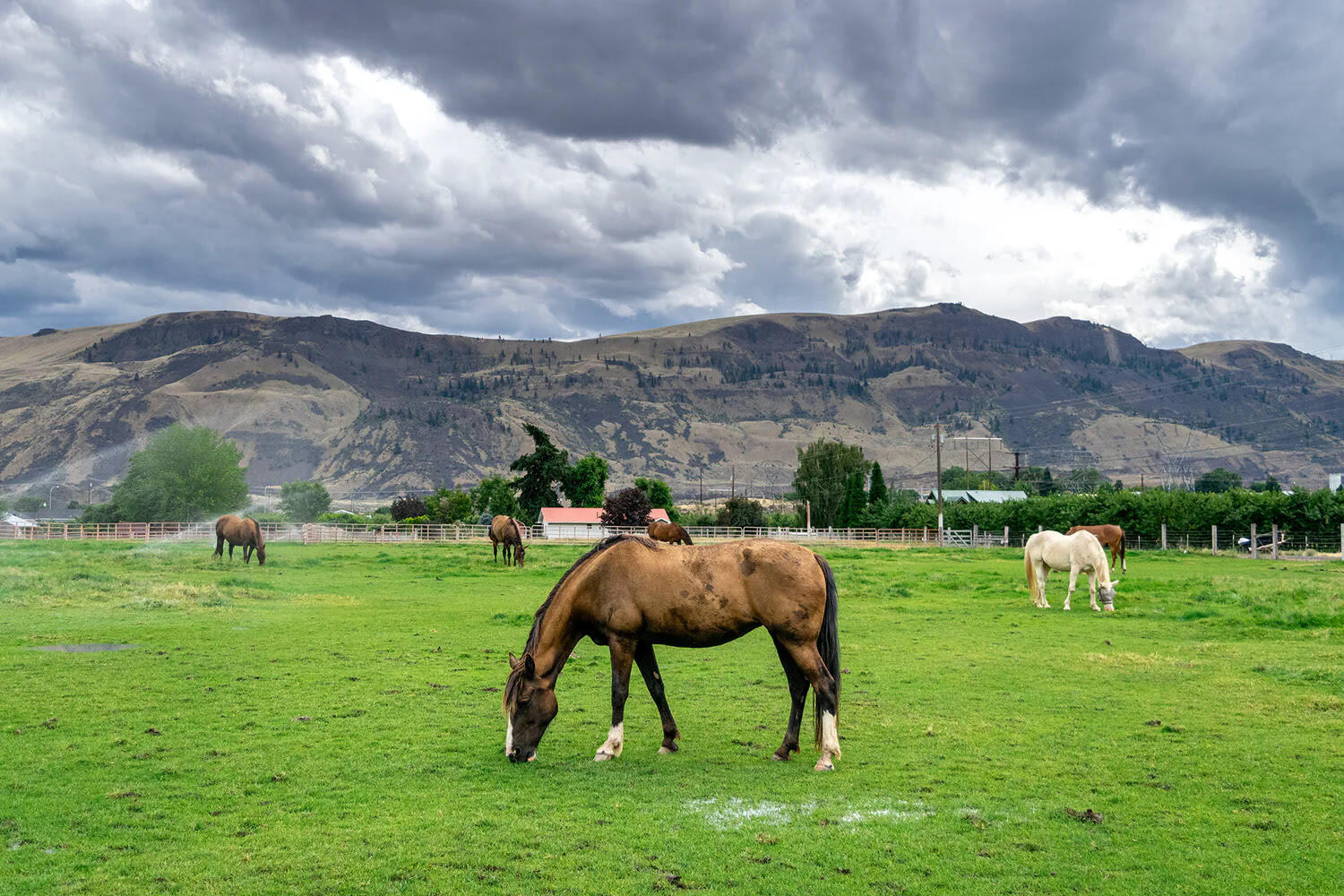

Articles
How To Store Jalapeno Seeds
Modified: September 1, 2024
Learn the proper way to store jalapeno seeds for long-term viability in this informative article. Discover the step-by-step process to ensure successful seed storage.
(Many of the links in this article redirect to a specific reviewed product. Your purchase of these products through affiliate links helps to generate commission for Storables.com, at no extra cost. Learn more)
Introduction
When it comes to gardening, many enthusiasts enjoy the process of growing their own fruits and vegetables from seeds. And if you’re a fan of spicy foods, chances are you’ve grown or considered growing jalapeno peppers in your garden.
Jalapenos not only add a kick to your dishes but are also relatively easy to grow. Once you’ve successfully grown your jalapenos and enjoyed their fiery flavor, you may want to consider storing the seeds for future plantings. Storing jalapeno seeds properly ensures their viability and allows you to grow a bountiful crop year after year.
In this article, we will guide you through the process of storing jalapeno seeds. From harvesting the seeds to proper storage techniques, we will provide you with all the information you need to successfully store your jalapeno seeds and enjoy a continuous supply of fiery peppers.
Key Takeaways:
- Preserve the Fiery Flavor: Harvest, clean, and dry jalapeno seeds for long-term storage. Organize, treat, and store them properly to ensure viability and a continuous supply of spicy peppers.
- Test Before You Plant: Before sowing stored jalapeno seeds, conduct a viability test to gauge germination potential. Ensure healthy sprouting for a bountiful harvest of homegrown jalapenos.
Read more: How To Seed A Jalapeno
Step 1: Harvesting Jalapeno Seeds
Harvesting jalapeno seeds is a relatively simple process that can be done when your jalapeno peppers are fully ripe and ready for consumption. Here’s how to do it:
- Choose ripe jalapeno peppers: Look for jalapenos that have turned red or are fully matured. Ripe jalapenos will have a vibrant red color and a firm, glossy skin. Avoid picking jalapenos that are still green or underdeveloped.
- Cut the jalapenos in half: Using a sharp knife, carefully cut the jalapenos in half lengthwise. Make sure to keep the stem intact on one of the halves.
- Remove the seeds: Gently scrape the inner flesh of the jalapeno halves with a spoon to remove the seeds. Collect the seeds in a clean container or onto a paper towel.
- Rinse the seeds: Place the collected seeds under running water to wash off any remaining flesh or residue. Use your fingers to rub the seeds gently to ensure they are clean.
- Dry the seeds: Spread the rinsed jalapeno seeds in a single layer on a paper towel or a mesh screen. Allow them to air dry completely for about one to two weeks. Make sure to place them in a dry and well-ventilated area away from direct sunlight.
Remember to label and date the container or paper towel to keep track of the jalapeno variety and the date of harvesting. This information will be helpful when you plant the seeds in the future.
Step 2: Preparing the Seeds for Storage
Once you have harvested the jalapeno seeds, it’s essential to prepare them properly for long-term storage. Follow these steps to ensure the seeds remain healthy and viable:
- Remove any remaining debris: Before storing the jalapeno seeds, carefully inspect them and remove any remaining pieces of flesh, skin, or debris. Ensure that the seeds are fully dry before proceeding.
- Organize and separate the seeds: If you have harvested seeds from different jalapeno varieties, it’s important to keep them separate. Use labeled envelopes or small containers to store each variety individually. This will help maintain the integrity of each jalapeno variety and make it easier to manage when it’s time for planting.
- Consider seed treatment options: Some gardeners opt to treat jalapeno seeds with a fungicide or a natural seed treatment solution to prevent fungal or bacterial infections. While this step is optional, it can help safeguard the seeds during storage. Follow the instructions provided with the treatment product for proper application.
- Ensure proper moisture levels: To maintain seed viability, it’s crucial to store jalapeno seeds in a dry environment. Excess moisture can lead to mold or rot, compromising the quality of the seeds. Consider adding a desiccant packet to the container to help absorb any moisture and maintain the seeds’ moisture content at an optimal level.
By following these steps, you can ensure that your jalapeno seeds are well-prepared for storage and have a higher chance of germinating successfully when you’re ready to plant them.
After harvesting jalapeno seeds, spread them out on a paper towel to dry for a few days. Once dry, store them in a labeled envelope or airtight container in a cool, dark place until ready to plant.
Step 3: Proper Storage Techniques
Proper storage techniques are crucial to maintaining the viability of your jalapeno seeds. Here are some essential tips to ensure that your seeds remain healthy and viable during storage:
- Choose the right storage container: Select airtight containers that are moisture-proof and can keep out light. Glass jars with tight-fitting lids or sealed plastic bags are commonly used for seed storage. Avoid using plastic bags with zip locks, as they may not provide a completely airtight seal.
- Store seeds in a cool and dark location: It’s important to keep jalapeno seeds in a cool and dark location to protect them from excess heat and light. Optimal storage temperature ranges between 40°F (4°C) and 50°F (10°C). A cool basement or a refrigerator can provide suitable conditions for seed storage.
- Label the containers: Properly label each container with the jalapeno variety, the date of harvesting, and any other relevant information. This will help you keep track of the seed’s age and variety, making it easier to plan for future plantings.
- Check on the seeds periodically: Although properly stored jalapeno seeds can remain viable for several years, it’s a good practice to check on them periodically. Inspect the seeds for any signs of mold, mildew, or insect infestation. If you notice any issues, remove the affected seeds to prevent further damage.
- Consider long-term storage options: If you’re looking to store jalapeno seeds for an extended period, you can consider storing them in a freezer. Place the labeled containers in a sealed plastic bag to protect them from moisture and fluctuations in temperature.
By following these storage techniques, you can prolong the viability of your jalapeno seeds and ensure that they are ready to germinate when you’re ready to plant them.
Step 4: Testing Seed Viability
Before planting your stored jalapeno seeds, it’s a good idea to test their viability. This will help you determine the germination rate and ensure that the seeds are still capable of sprouting. Here’s how to test the viability of your jalapeno seeds:
- Prepare a damp paper towel: Moisten a paper towel with water, ensuring that it is damp but not soaking wet.
- Place the seeds on the paper towel: Arrange a few of the jalapeno seeds on the damp paper towel, spacing them out evenly. Fold the paper towel to cover the seeds, creating a moist environment for germination.
- Seal the seeds in a plastic bag: Transfer the paper towel with the seeds into a plastic bag. Seal the bag and place it in a warm location where it will receive indirect sunlight.
- Monitor the germination process: Check the seeds daily to observe any signs of germination. The viable seeds should start sprouting within a week or two.
- Record the germination rate: After a designated period, count the number of seeds that have successfully germinated. This will give you an idea of the seed’s viability. If a large percentage of the seeds have sprouted, it indicates that they are still viable and suitable for planting. However, if the germination rate is low, you may need to consider obtaining fresh jalapeno seeds.
By performing a viability test, you can ensure that your stored jalapeno seeds are still capable of producing healthy plants. If the majority of the seeds have sprouted successfully, you can proceed with confidence and plant them in your garden for a bountiful harvest.
Read more: How To Store Jalapenos In A Jar
Conclusion
Storing jalapeno seeds properly is essential if you want to ensure a continuous supply of fiery peppers in your garden. By following the steps outlined in this article, you can harvest, prepare, and store your jalapeno seeds successfully.
Remember to choose ripe jalapeno peppers, carefully remove the seeds, and dry them thoroughly before storing. Properly label and organize the seeds, and consider treating them with a fungicide or natural seed treatment solution. Keep the seeds in airtight containers in a cool, dark, and dry location to maintain their viability.
Periodically check on the seeds for any signs of mold or insect infestation, and consider performing a viability test before planting. Testing the germination rate will give you an idea of the seed’s viability, ensuring that you have healthy seeds ready to grow into productive jalapeno plants.
With proper storage and careful attention, you can enjoy a continuous supply of homegrown jalapenos year after year. So, why not give it a try and add some spice to your garden? Happy jalapeno seed storing!
Frequently Asked Questions about How To Store Jalapeno Seeds
Was this page helpful?
At Storables.com, we guarantee accurate and reliable information. Our content, validated by Expert Board Contributors, is crafted following stringent Editorial Policies. We're committed to providing you with well-researched, expert-backed insights for all your informational needs.















0 thoughts on “How To Store Jalapeno Seeds”